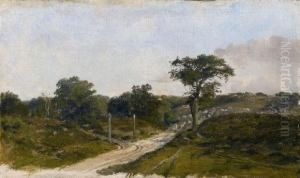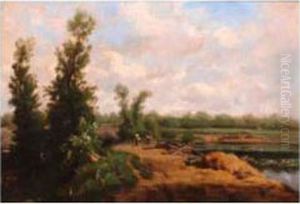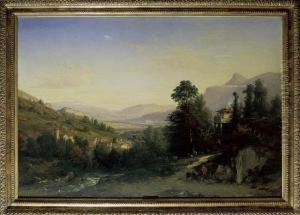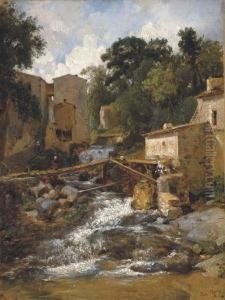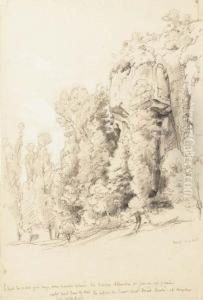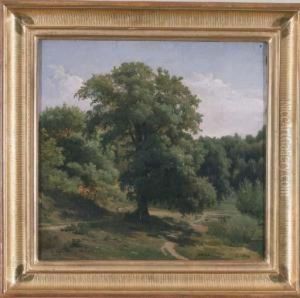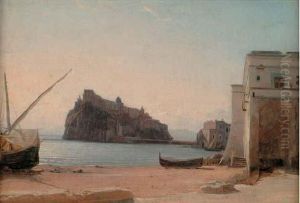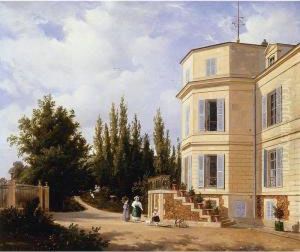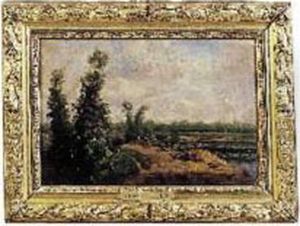Leon Fleury Paintings
Leon-Jean-Basile Fleury was a 19th-century French landscape painter born in 1804 in Ardres, near Calais. His artistic talent became apparent early in his life, and he went on to study under the renowned French painter Camille Corot, who was a pivotal figure in landscape painting and a precursor of the Impressionist movement. Fleury's style is often associated with the Barbizon school, a group of artists who emphasized naturalistic and tonal qualities in their work and who often painted en plein air (outdoors).
Fleury's landscapes are characterized by a subtle yet masterful use of light and shadow, capturing the atmosphere and mood of the natural settings he portrayed. His works often feature tranquil rural scenes, forests, and pastoral landscapes that evoke a sense of peace and harmony. He was particularly adept at depicting the changing conditions of the sky and the effects of light on the landscape, a skill that earned him a place among the respected landscape painters of his time.
Despite his considerable skill, Fleury did not gain the same level of fame as some of his contemporaries. Nonetheless, his paintings were appreciated by critics and art collectors, and he exhibited at the Paris Salon, an official art exhibition of the Académie des Beaux-Arts in Paris. His works were celebrated for their poetic interpretation of nature and their refined use of color.
Fleury's career was cut short when he died in 1858 at the age of 54. Although his life and career were relatively brief, his contributions to French landscape painting continue to be recognized by art historians and collectors. Today, his paintings can be found in various art museums and private collections, where they are admired for their beauty and historical significance in the development of landscape painting.
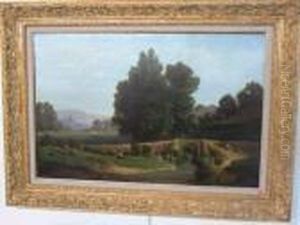
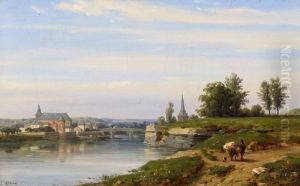
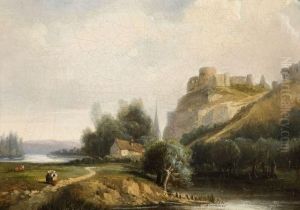
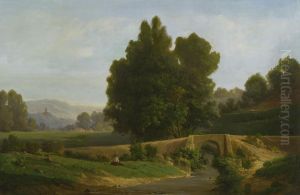
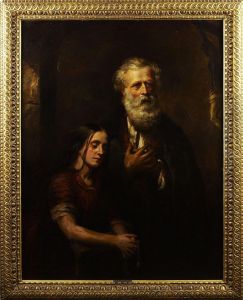
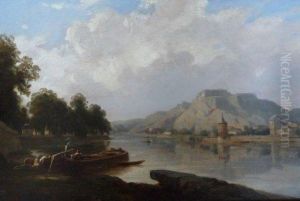
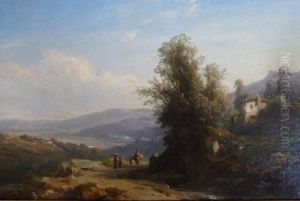
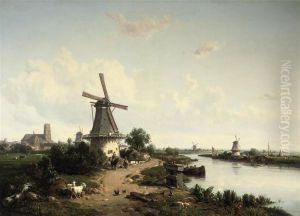
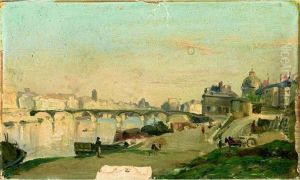
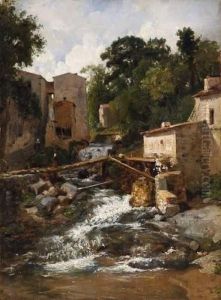
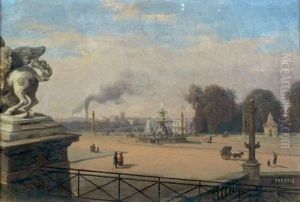
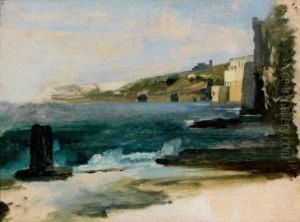
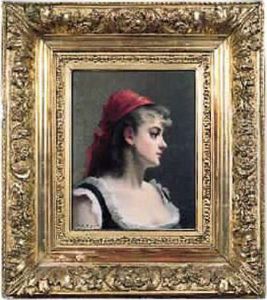
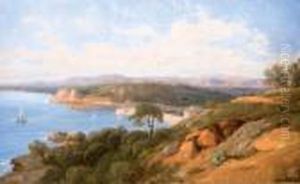
![L'arc De Titus A Rome
[francois-antoine-leon Fleury, The Arch Of Titus, Rome, Oil On Paper
Laid Down On Canvas, Signed.]](https://www.niceartgallery.com/imgs/1309070/s/leon-fleury-larc-de-titus-a-rome-francoisantoineleon-fleury-the-arch-of-titus-rome-oil-on-paper-laid-down-on-canvas-signed-a8089f2f.jpg)
